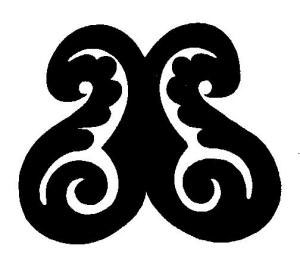
|
|
|
Shirvan Marasali rug with the flaming boteh design with silk highlights Code: SHRMRSN0223 Size (metric): 117x167cm Size (ft): 3'10"x5'5" Area: 1.95 m2 Density: 165 000 knots per square meter, totally ~320 000 knots Colors: yellow, ivory, red, chartreuse yellow, cinnamon, dark brown, medium blue, midnight blue, purple, mauve, maroon, apricot, light brown, light green, green, hazelnut, sky blue Dyes: madder, weld (Reseda Luteola), indigo, cochineal, pomegranate skins, onion skins, purple onion skins, walnut husks, natural brown sheep wool, natural ivory sheep wool. Materials: Handcarded and handspun wool for pile, ivory wool warps and ivory wool wefts (two shots), purple silk highlights End finish: five rows of decorative knotted meshwork Handwoven in Azerbaijan Weaver: Bahiyya Weaving Period: Three months Handwoven in Azerbaijan Design: The yellow field with diagonal rows of polychrome serrated boteh motifs and scattered minor animal and tribal motifs in an ivory border of angular stylised bird and hooked garmagly motif between dark indigo stepped motif stripes
|
 Buta/Boteh has been used in Iran and Caucasus since the Sassanid Dynasty (AD 224 to AD 651). A decoration of applied-leather plant motif on a leather flask from the Pazyryk tombs, Altai Mountains shows a double boteh-like element, which dated 5th century BC. This is perhaps the earliest decoration which can be connected to the boteh motif.  Some design scholars believe the boteh is the convergence of a stylized floral spray and a cypress tree: a Zoroastrian symbol of life and eternity. Later, this motif was widely used in the Safavid Period (1501 to 1736) and also was a major textile pattern in Iran and Caucasus during the Qajar Dynasty. The pattern was used to decorate royal regalia, crowns, and court garments, as well as textiles used by the general population. According to Azerbaijani historians, the design comes from ancient times of Zoroastrianism and is an expression of the essence of that religion. It subsequently became a decorative element widely used in Azerbaijani culture and architecture. The pattern is still popular in Iran and South and Central Asian countries too. It is woven using gold or silver threads on silk or other high quality textiles for gifts, for weddings and special occasions. The usage of the pattern goes beyond clothing – paintings, jewelry, frescoes, curtains, tablecloths, quilts, carpets, garden landscaping, and pottery. Buta/Boteh was also one of the most important ornamental motifs of Mughal Indian art, consisting of a floral spray with stylized leaves and flowers. It was used in architecture, painting and textiles, enamels, and almost all other decorative arts. The motif began to gain importance in the reign of the Mughal emperor Jahangir (1605–27). Coptic silk textiles (5-7 centuries AD) depicting floral and boteh motifs were found in Akhmim, (a city in Upper Egypt. Referred to by the ancient Greeks as Khemmis, Chemmis and Panopolis, it is located on the east bank of the Nile). Published at " Lyon Musée Historique des tissues Soieries Sassanides, Coptes et Byzantines V – XI siècles". According to the book, the boteh motif derives from the lotus leaf (Ziziphus lotus is a deciduous shrub in the buckthorn family Rhamnaceae, native to the Mediterranean region).  A similar motif can be found in the ancient textiles of Native Americans (Andean textiles, South America). In summary, boteh/buta element may have different meanings in the different cultures: Zoroastrian flame, shrub, Scythian decorative motif, a bird, flower, cypress tree etc. |
|
|
Contact us for more information about this rug





.jpg)
.jpg)
.jpg)
.jpg)
.jpg)

A decorative sleeveband with two horseman above depicting a boteh like
motifs. Silk, Egypt, 6-8 centuries, Victoria and Albert Museum, London
Contact us for more information about this rug

|
For more information about the above rug or to place an order please email
vd@azerbaijanrugs.com |